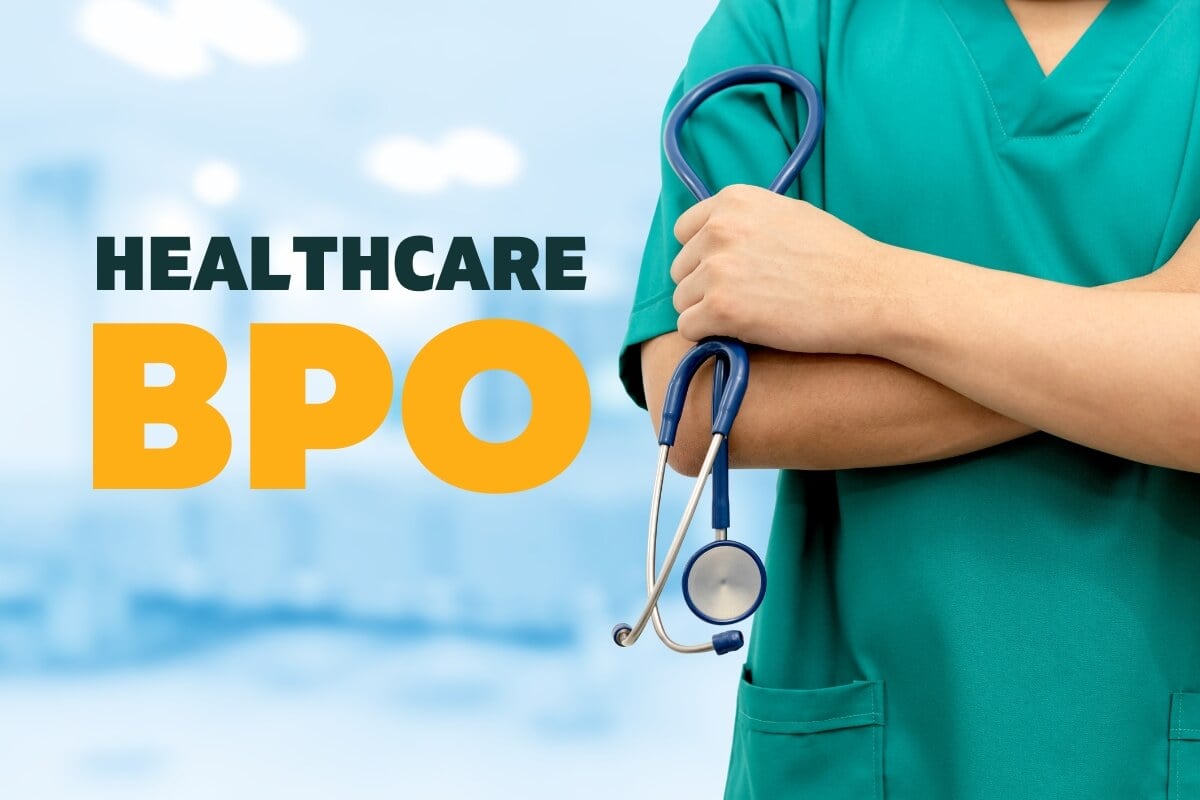Why Healthcare RCM is Essential for Financial Wellness in Medical Practices
Why Healthcare RCM is Essential for Financial Wellness in Medical Practices
Blog Article
Discover Just How Medical Care RCM Processes Transform Administrative Tasks Into Seamless Workflow
In the ever-evolving landscape of health care, Earnings Cycle Monitoring (RCM) procedures have actually emerged as a crucial force in transforming management jobs into seamless procedures. By harnessing sophisticated modern technology and fine-tuned methodologies, RCM offers a sophisticated method to managing patient registration, billing, and claims handling. The responses to these inquiries are critical for understanding the future of health care management.
Understanding Healthcare RCM
Income Cycle Administration (RCM) in medical care is a critical process that makes certain the financial health of medical institutions by supervising the entire lifecycle of client service income. It integrates numerous management and clinical functions, starting from the initial organizing of a clinical consultation to the eventual collection of payment for services provided. Healthcare RCM. RCM is crucial in taking care of the intricacies of invoicing and reimbursements, ensuring that doctor get settlement for their services successfully and properly
Trick facets include client scheduling, insurance verification, charge capture, case submission, and payment uploading. RCM is not solely regarding economic collections; it likewise aims to boost patient contentment by lowering payment errors and improving transparency.
The performance of RCM is contingent upon the seamless integration of innovation and human resource expertise. Employing innovative software application services enables health care establishments to automate repetitive jobs, therefore minimizing administrative problems. Furthermore, qualified employees are crucial in navigating regulative needs and payer policies, making sure compliance and enhancing revenue recovery.
Enhancing Person Enrollment
Streamlining person enrollment is an essential action in boosting the efficiency of healthcare earnings cycle monitoring. It involves enhancing the first interaction in between clients and health care providers to make certain a smooth information collection procedure. Key components consist of the exact capture of patient demographics, insurance coverage verification, and authorization procurement. By digitizing these processes via incorporated digital health records (EHR) systems, health care centers can lessen errors, decrease documentation, and accelerate client throughput (Healthcare RCM).
Automated systems aid in confirming insurance coverage eligibility in real-time, which not just decreases administrative concerns but likewise boosts client complete satisfaction by preventing unforeseen payment problems. Additionally, pre-registration procedures enable clients to full types on the internet prior to their visit, reducing wait times and making it possible for personnel to concentrate on more facility jobs. This positive strategy guarantees that all necessary details is collected and verified prior to treatment is given, thus protecting against hold-ups in subsequent payment and declares procedures.
Educating staff to utilize these systems efficiently is vital. It makes certain that data access is precise and consistent, cultivating a seamless change from client enrollment to other profits cycle procedures. Ultimately, streamlining client enrollment lays the structure for a much more effective, patient-centered healthcare distribution model.
Efficient Billing Solutions
Reliable payment remedies are integral to optimizing health care revenue cycle administration. They work as the foundation for ensuring exact and prompt monetary purchases in between individuals, doctor, and insurance policy firms. By leveraging innovative modern technology and structured procedures, medical care facilities can substantially minimize billing mistakes, minimize delays, and improve capital. Implementing robust payment systems helps with precise charge capture, ensuring all services rendered are made up and billed correctly. Automation tools can resolve invoicing information with scientific records, minimizing disparities and stopping claim denials.
Moreover, efficient payment options encourage doctor to provide clear prices and invoicing information to people, fostering depend on and improving person contentment. Real-time payment systems enable medical care personnel to provide prompt comments on patient eligibility and out-of-pocket prices, boosting the general patient experience. These services likewise permit seamless assimilation with electronic health and wellness documents (EHR), ensuring that invoicing and clinical information are in sync, reducing management problems on healthcare suppliers.
Including effective billing options into the income cycle monitoring structure not just optimizes operational efficiency yet also enhances economic efficiency. By lessening errors, accelerating settlement cycles, and boosting person interaction, healthcare organizations can concentrate more on supplying quality treatment while maintaining economic sustainability.
Maximizing Insurance Claims Processing

In the world of healthcare earnings cycle administration, optimizing This Site claims processing is critical for preserving monetary wellness and functional effectiveness. A structured claims process lessens the time in between service shipment and repayment, thereby boosting money flow and minimizing the possibility of mistakes. Efficient claims refining starts with exact documentation and coding, which are important to make sure that insurance claims are submitted without discrepancies that could lead to delays or denials.
Leveraging sophisticated technology, such as automated cases monitoring systems, can significantly enhance the effectiveness of this procedure. These systems are designed to automate recurring jobs, track insurance claims via each phase, and flag prospective problems early. This not just reduces the administrative worry on team but likewise raises the precision of entries by decreasing human mistake.

Enhancing Profits Collection

In addition, rejection management plays a vital duty in taking full advantage of revenue collection. Recognizing patterns in case rejections, recognizing source, and applying corrective activities can significantly lower persisting problems, thereby enhancing money flow. Companies should purchase durable analytics tools that help with in-depth coverage and analysis, allowing them to resolve and correct rejection patterns quickly.
Prompt follow-up on impressive claims is another crucial element of revenue collection. Developing an organized approach to monitor and seek aged accounts ensures that no profits is left unclaimed. Employing dedicated personnel or automated systems to track these insurance claims can boost effectiveness and make sure constant cash inflows.
Conclusion
Health Care Profits Cycle Monitoring (RCM) processes considerably enhance management performance by incorporating innovative modern technology and human knowledge (Healthcare RCM). The automation of client enrollment, invoicing, and asserts processing increases and lowers errors capital, eventually boosting patient complete satisfaction via real-time insurance verification and clear billing. By making sure smooth functional circulation, RCM allows doctor to focus on high quality care while taking full advantage of income recovery and keeping financial security, hence Going Here transforming administrative tasks right into effective, streamlined procedures
Earnings Cycle Monitoring (RCM) in healthcare is a vital procedure that ensures the economic wellness of clinical institutions by looking after the entire lifecycle of client solution income.Improving client enrollment is a basic action in boosting the effectiveness of healthcare income cycle administration. It includes optimizing the initial communication between individuals and healthcare suppliers to ensure a smooth information collection procedure.Additionally, reliable invoicing solutions encourage healthcare service providers to offer clear prices and payment details to clients, promoting trust and boosting person satisfaction. Real-time payment systems allow medical care personnel to provide prompt feedback on person qualification and out-of-pocket prices, boosting the general client experience.
Report this page